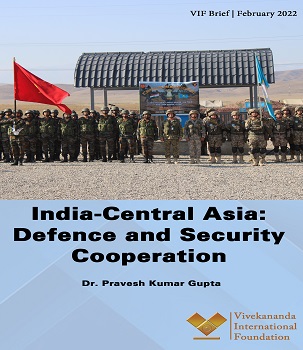
Central Asia has emerged as an important geopolitical space after the disintegration of the Soviet Union in 1991. Its geostrategic location at the crossroads of East and West, South, Central, and West Asia has often resulted in the spread of challenges beyond the region’s immediate borders. Three Central Asian Republics, Turkmenistan, Tajikistan, and Uzbekistan, share a 2,500 kilometre long and porous border with Afghanistan, making the region exposed to the unfolding crisis in Kabul.
India has multifaceted interests in Central Asia. Following the independence of the Central Asian republics, New Delhi hoped to play a positive role in Eurasian political, economic, and security contexts. However, India’s attempts in this direction were hampered due to a lack of political commitment and direct land connectivity. There have been consecutive efforts from the Indian side to make a better outreach to Central Asia in the post-Soviet period, but the progress has been slow. However, India’s relationship with Central Asian countries has taken a positive turn in the recent past. With PM Modi’s visit to five Central Asian countries in July 2015, India’s Central Asia policy was revitalised. This was the first visit of any Indian Prime Minister to the region at one go. The visit was a symbolic achievement for Indian diplomacy and a wise strategic decision that cleared the way for overcoming the challenges that had previously hindered India’s outreach to an important region in its strategic proximity. 4






Post new comment